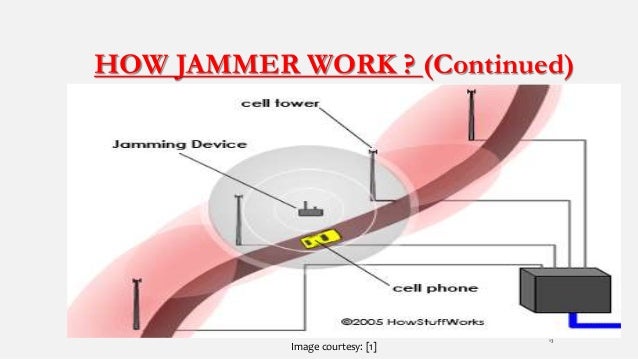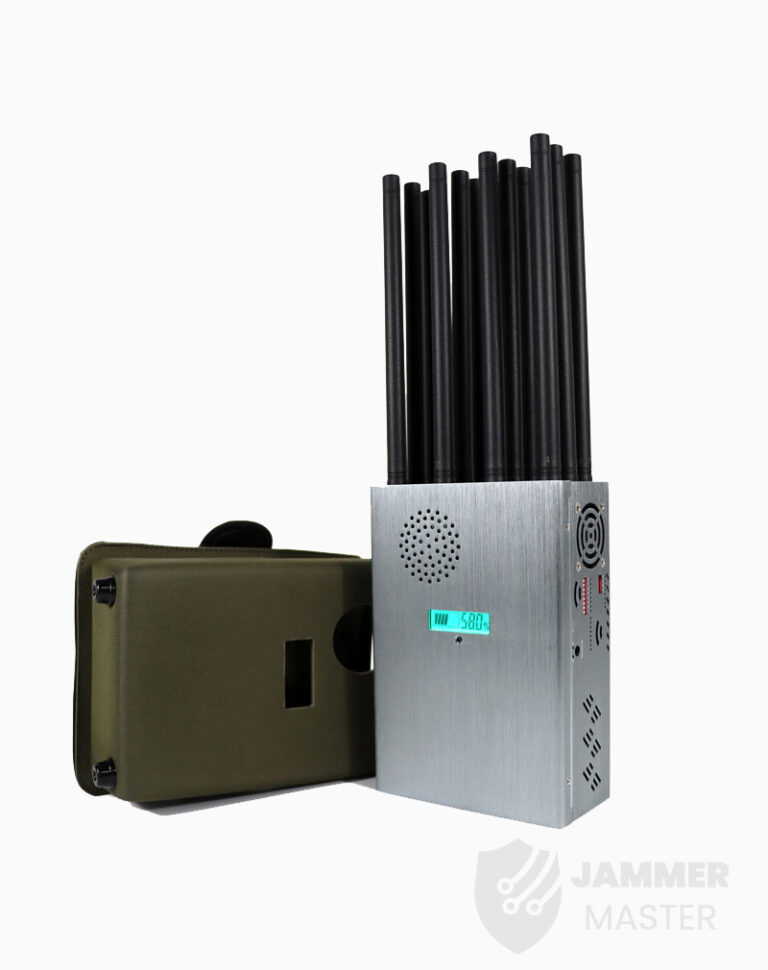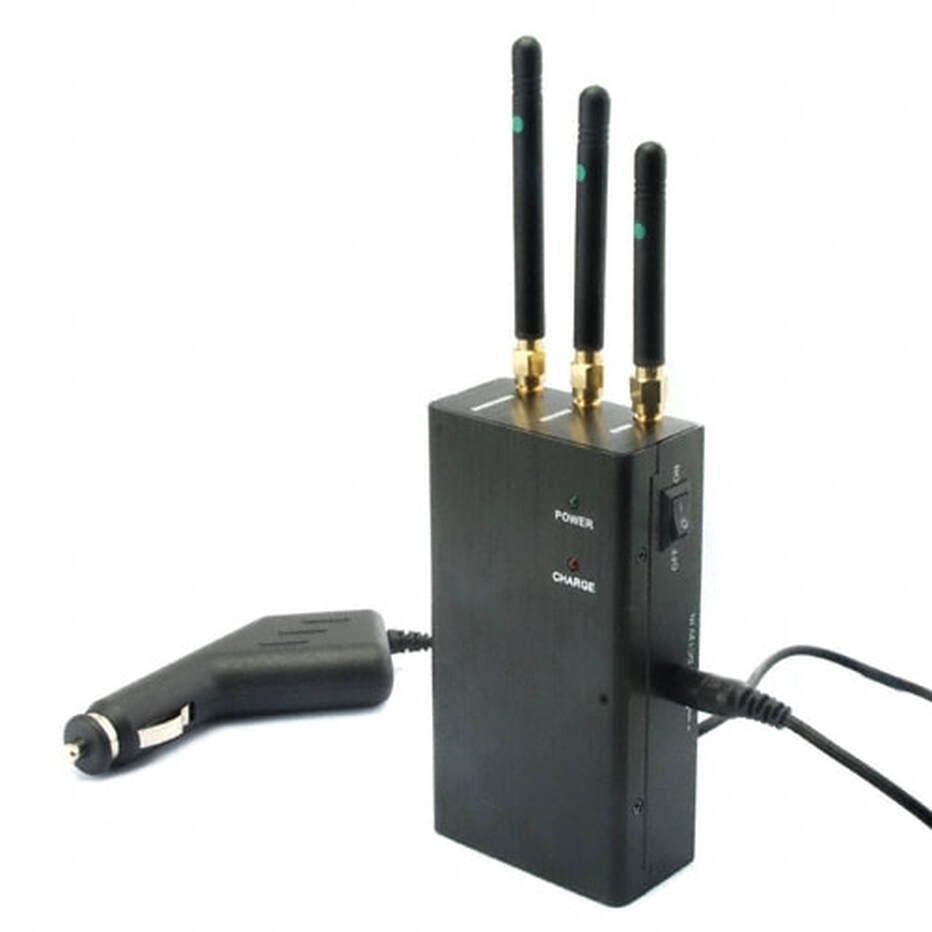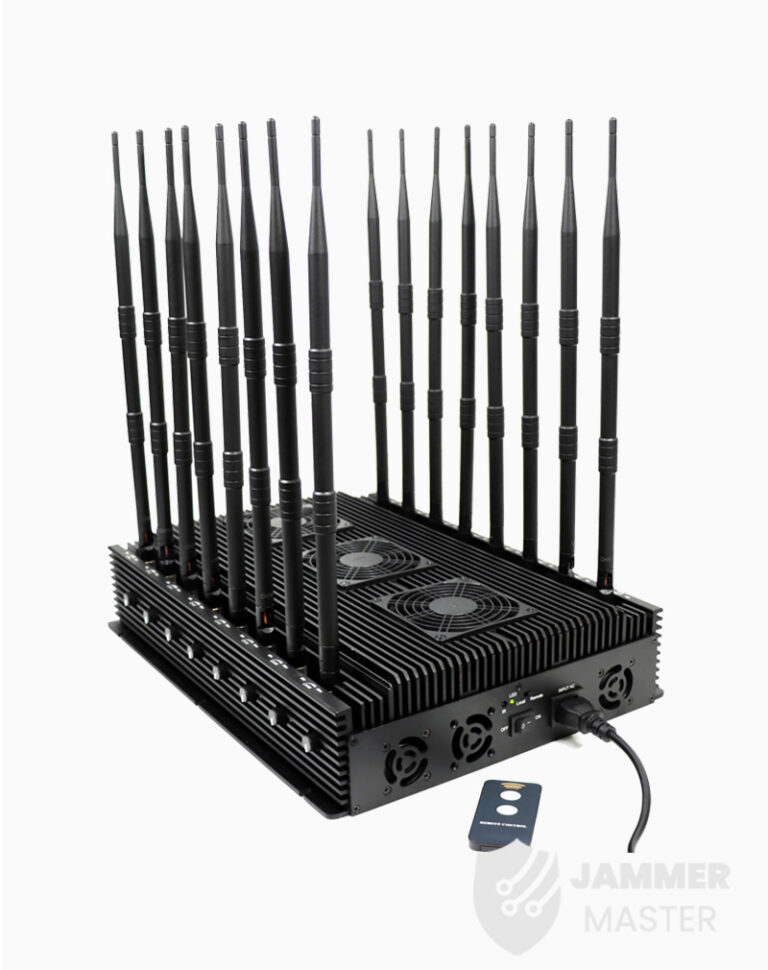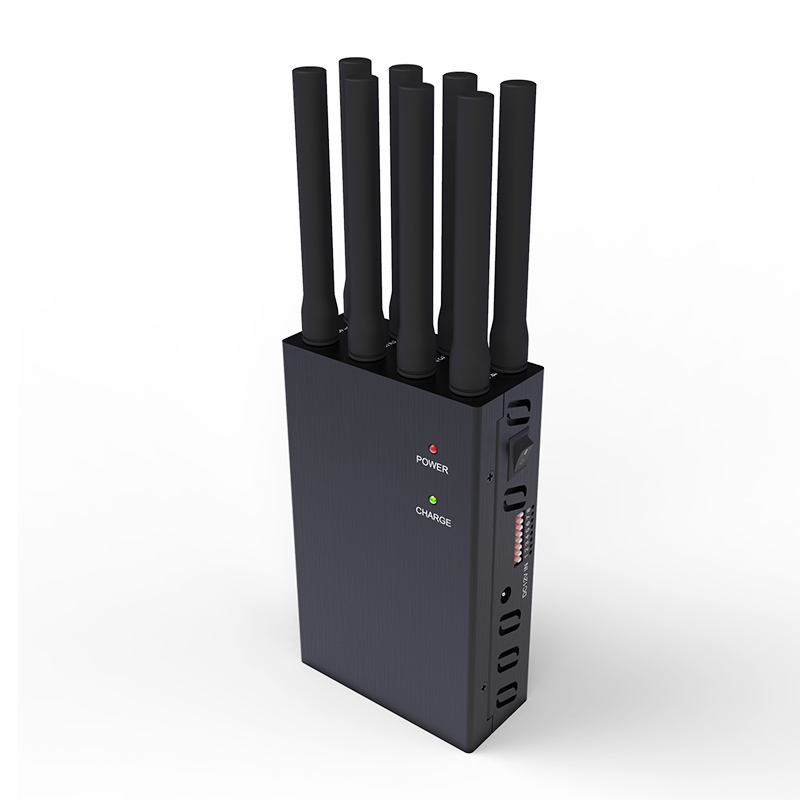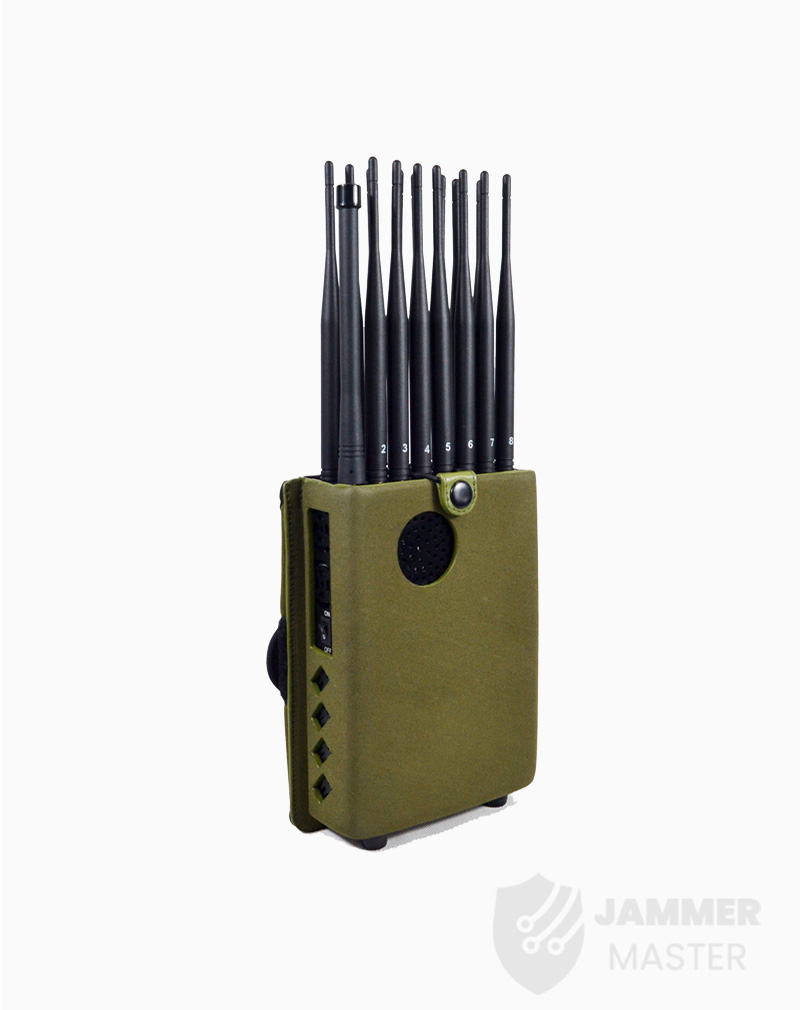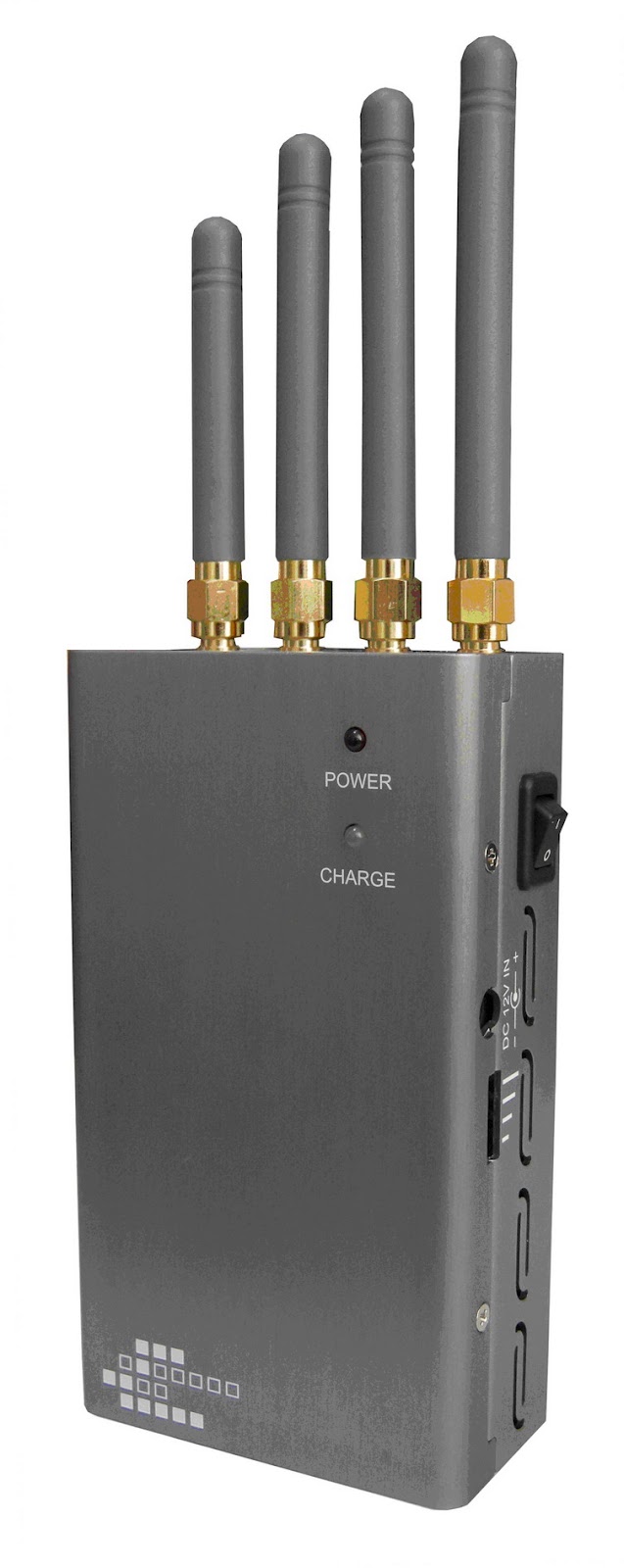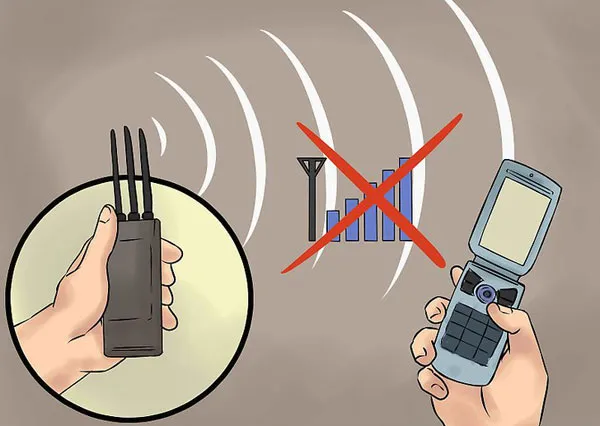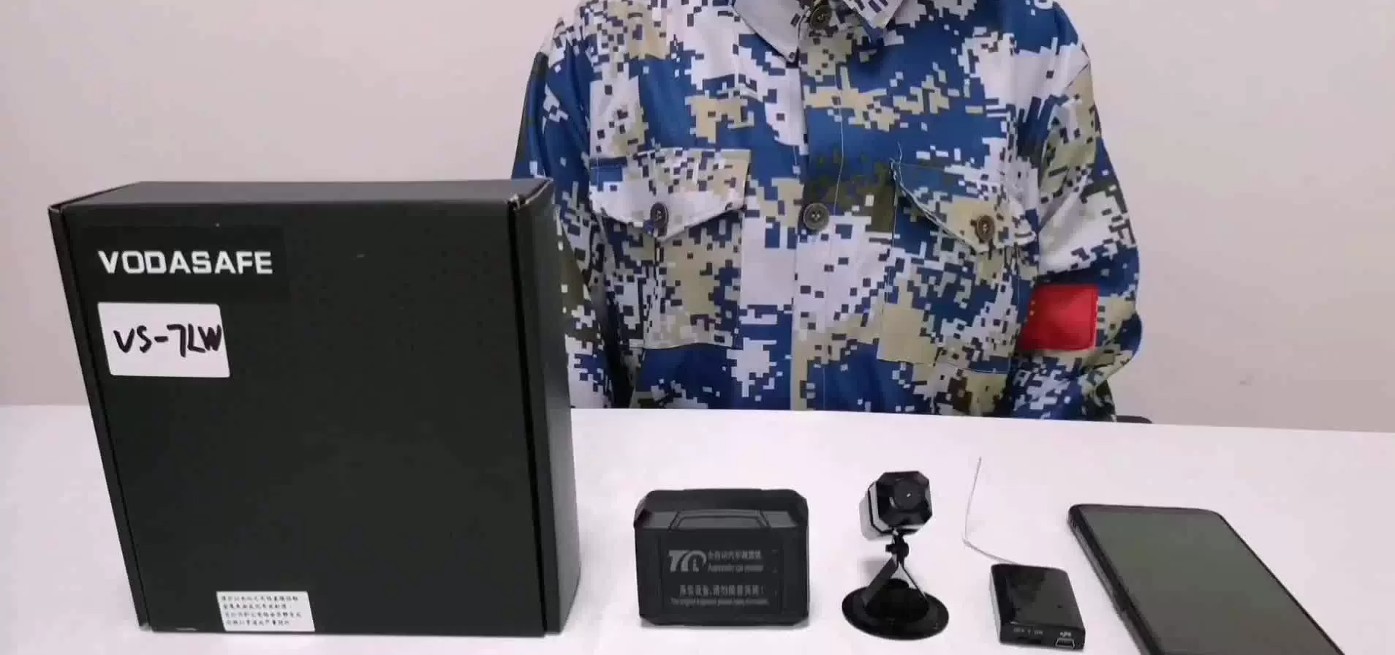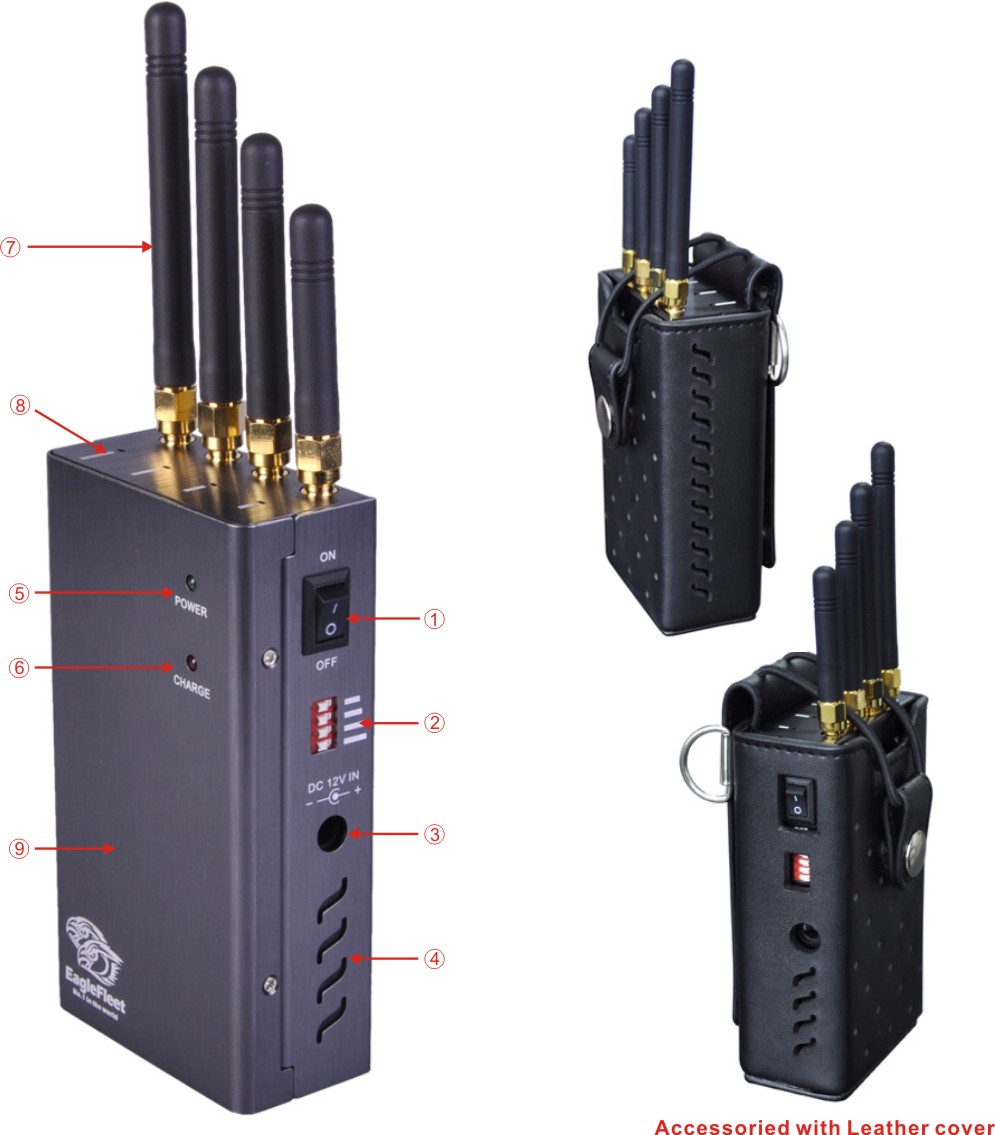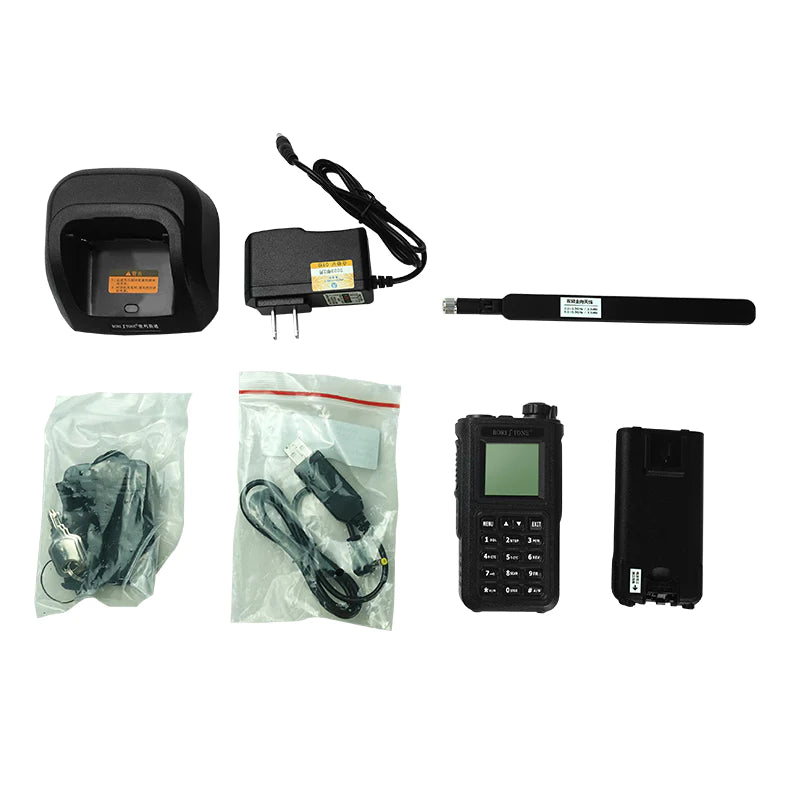Can A Cell Phone Jammer Be Traced

So, you've heard about cell phone jammers, those mysterious gadgets that silence the digital world. But a question buzzes in the air like a frustrated bee: can these signal-squashing devices be traced? Let's dive in, shall we?
The Cat and Mouse Game of Signals
Imagine a tiny, invisible cat-and-mouse game. On one side, we have the jammer, broadcasting its signal, and on the other, the authorities trying to pinpoint its location. It’s a high-stakes hide-and-seek with consequences far beyond a simple "tag, you're it!"
Think of it like this: if you were playing hide-and-seek and yelling "I'm over here!" it wouldn't be long before someone found you. Similarly, jammers, even while trying to create silence, give off a signal that can lead someone to them.
The Technology of Detection
Technically, yes, cell phone jammers can be traced. Specialized equipment, like sophisticated radio direction finders, can hone in on the jammer's frequency. These devices are like highly sensitive ears, capable of picking up the faintest whisper of a signal.
It's not exactly like finding a needle in a haystack, but it's close. Radio direction finding uses antennas and receivers to determine the direction from which a radio signal is being transmitted.
Imagine a detective using a compass to follow a trail of breadcrumbs. The "breadcrumbs" in this case are the radio waves emitted by the jammer.
Why it's not always easy
Tracing a jammer isn't always a walk in the park. Urban environments, with their dense networks of buildings and other radio signals, can create interference. This interference acts like static on a radio, making it harder to pinpoint the exact source.
Furthermore, jammers can be mobile, hopping from location to location. It is a bit like trying to catch smoke.
Plus, the signal strength of the jammer can be adjusted. Making it harder for anyone to trace it.
The Legality Factor: Why Trace Them?
Using cell phone jammers is illegal in many countries, including the United States. Think about the chaos that could ensue if someone jammed cell signals during an emergency. It could prevent crucial calls from getting through.
Imagine a scenario where someone is trying to call 911 during a car accident, only to be met with silence. The legality of jammers isn't just about rules; it's about safety.
The Federal Communications Commission (FCC) takes a dim view of these devices, and rightly so. The **FCC** actively monitors and prosecutes those who use jammers illegally.
The Unexpected Consequences
Here's where it gets a little funny, or perhaps ironic. Because jammers interfere with all cell signals, they can affect everything from emergency services to, well, other criminals trying to use their phones. It is a total backfire.
Picture a bank robber who can't call for a getaway car because his own jammer is blocking the signal. Suddenly, the criminal becomes the victim of their own technology. Who would have thought?
In some cases, tracing a jammer has led authorities to uncover other, more serious crimes. A seemingly small act of signal jamming can sometimes unravel a much larger web of illegal activity. It is like pulling a loose thread on a sweater.
The Future of the Signal Chase
As technology advances, the cat-and-mouse game between jammers and law enforcement will only become more sophisticated. Expect more advanced detection methods and even smarter jammers that try to evade detection. It is like technology in a race.
In the end, the ability to trace a cell phone jammer serves as a crucial safeguard. It's a reminder that even in our increasingly connected world, there are limits to what technology can—and should—do.
So, next time you hear about a cell phone jammer, remember that it's not just a gadget for silencing annoying ringtones. It's a tool with potential consequences, and one that, more often than not, can be traced back to its source. And that’s a story worth sharing!
